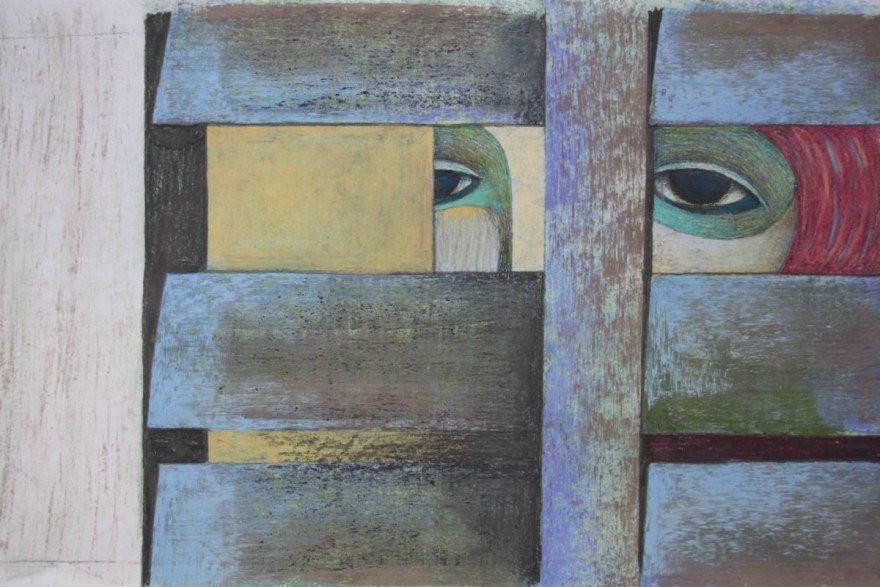Night cap with Per Tutta la Vita [For Your Whole Life]
Interview with Roberto Catani, director of Per Tutta la Vita [For Your Whole Life]
What can you tell us about how Per Tutta la Vita came to be?
The film originated with me thinking about the pain we feel at the end of a relationship, and about our ever-more frequent inability to accept that pain. The idea of telling a love story by reversing its natural progression – starting from the end of the story and moving to its beginning, and ending the film at the moment we fall in love – is a way of suggesting that we need to remember how beautiful relationships are.
Your film seems to be interested in emotions and in the idea of finality, yet does so obliquely, without imposing any meanings. Is it important to you to let the viewer imagine the meaning of what they’re watching?
In my response to your first question I actually hinted at a reading of the film. In the film itself, however, this doesn’t happen. There are no parameters for interpreting the film, and as you mention, I leave it to the viewer to interpret the film through their subjective experience. I think films should always stimulate our imagination rather than numb or extinguish it.
The film gives the impression of working by an association of ideas, it has a dreamlike coherence. Was your idea to put images to the thought process?
I don’t think I’m clever enough to try to understand how thought works. My way of “seeing” or “hearing” is through the association of ideas, through metaphors, the fluctuation of images and the ideas they house. I don’t think I’m able to express myself in any other way, unfortunately.
I read that you worked with plaster to make the film. Did you choose the material because of its brittleness? Can you tell us more about the technique?
I used a combination of techniques, including chalk, colored pencils, Oilbars (oil-based crayons), burin or drypoint. I never thought about the consistency of the material I was using, but I really like your reading of its brittleness, and there might be a connection to the fragility that I’ve tried to talk about in my short films.
Andrea Martignoni created the music for this film. What was it like working with him?
Andrea Martignoni created the sounds for this film as well as for my previous short, La testa tra le nuvole [Head In the Clouds]. Working with Andrea was very “simple”. We understood each other immediately and had the same vision of the work to be done. When I think about my films and as I draw the animated sequences, I imagine the sounds that will accompany certain movements. Then I write down these sound ideas for Andrea, who is patient and capable enough, in particular, to interpret my suggestions, transforming them or completely reinventing them, and he always manages to create the right sounds for the images.
Have you discovered any advantages that the short film form provides?
Short films are the only format I can work in and know how to work in. Their shortness entails the need to be concise and direct, which allows me to channel my stream of thoughts in an effort to transmit them.
Per Tutta la Vita [For Your Whole Life] was shown in National Competition.









